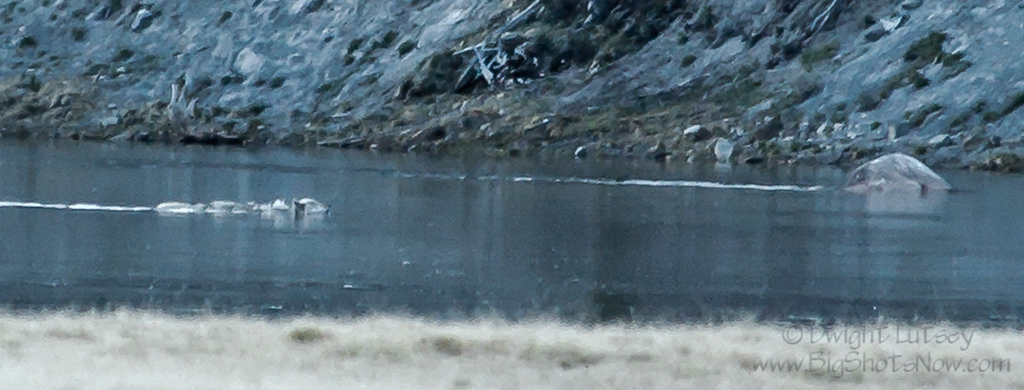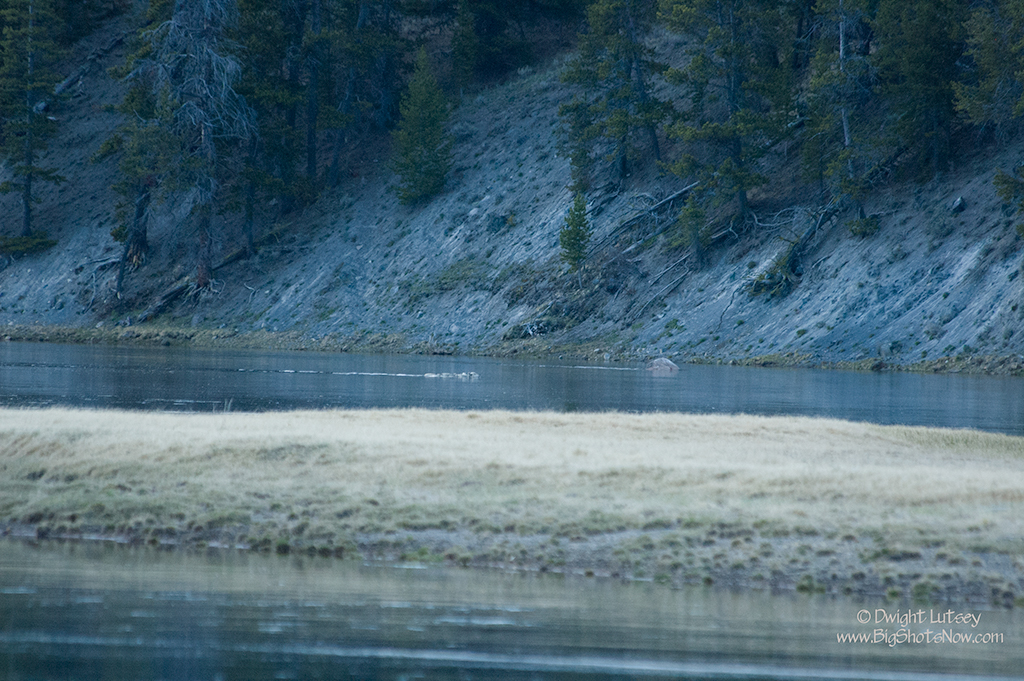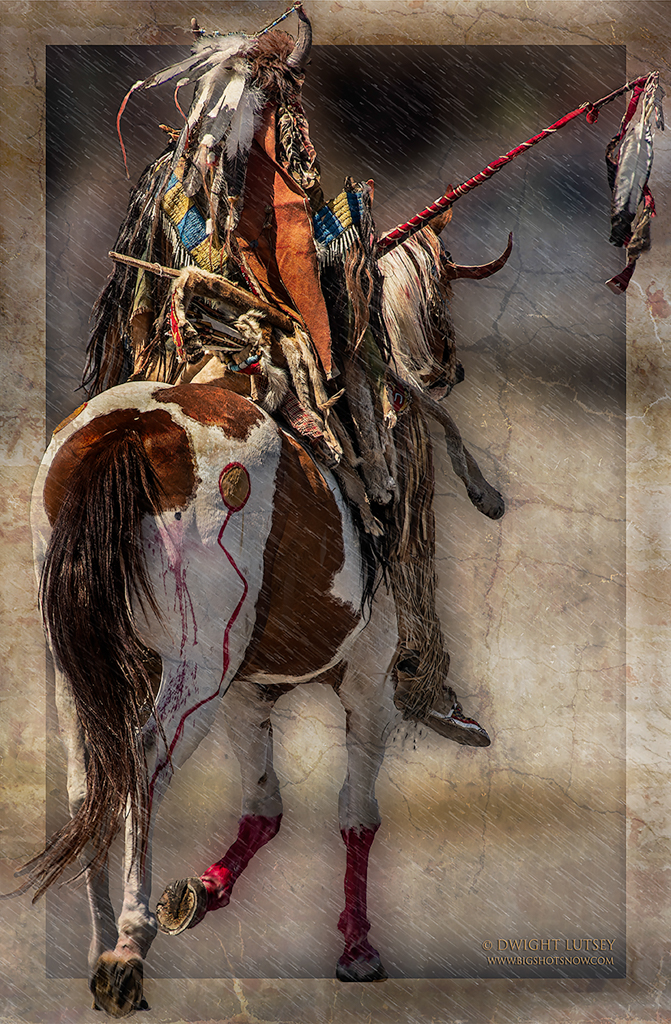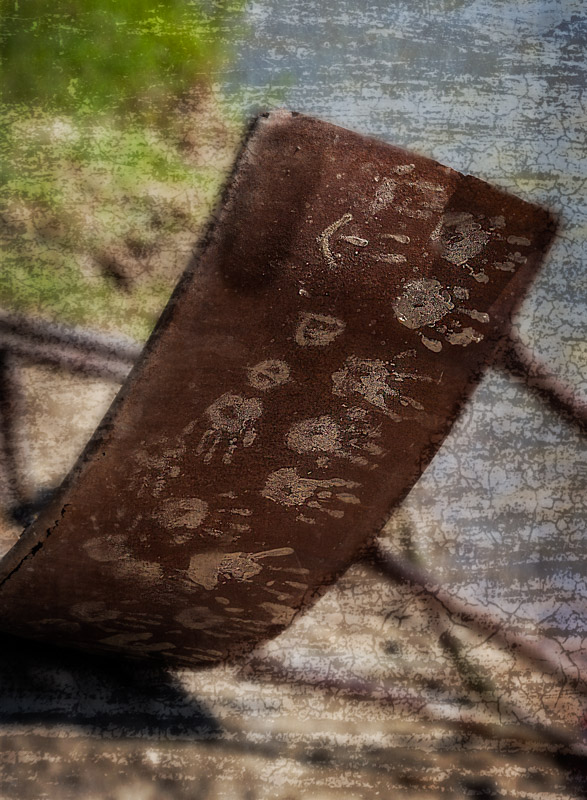 Click to Enlarge
Click to Enlarge
Breaking the rules. Breaking all of them. Photographically that is. That’s what I do anyway. Break ’em, worry about them later. This image breaks almost every rule of photography there is, yet it is one of my most favorite images that I have ever taken. I say almost every rule only because I know there’s a rule somewhere I’ve forgotten but I know I broke it anyway. This was not a premeditated decision on my part. I didn’t decide to fly in the face of convention just to be a rebel it was more along the lines of, I want this picture and I’m going to get it even if it means breaking the rules.
If you Google ‘Photography Rules’ you will come up with about 105,000,000 hits for rules. That’s a lot of damn rules. Granted not all 105,000,000 hits are different but even so, Geezum Plutz that’s a lot of rules. That’s one thing we do pretty good as a species, making rules. Here are just a few examples of collections of rules.
10 Top Photography Composition Rules
5 Easy Composition Guidelines
18 Composition Rules For Photos
The 10 Rules of Photo Composition (and why they work)
9 Top Photography Composition Rules You Need To Know
And there are folks out there that will tell you “Don’t you go breaking any of those rules.” if you want to be a photographer. You can’t be in our photo show if you don’t follow these rules. “Hey Bozo, I saw your work. You need to follow the rules, man.” Seems like everyone is an expert when it comes to rules, especially the guys that make them.
There are real photographers out there looking at this image right now that are gnashing their teeth and raining curses down on my head for deliberately showing this bollixed up, rule breaking image as if I had a right to. Which I do by the way. I’m one of those artist types that believe once an image is completed it exists. It doesn’t matter how it was made, or what was done to it afterwards, or whether it was Photoshopped or not, an image is an image and it stands on its own for better or worse. You can shoot it holding the camera behind your back and jumping up and down, or put little red hearts all over it, or draw, paint or step on it with muddy boots then sign your name. It doesn’t matter, an image once it’s finalized and put on display is there and it’s up to the viewer to figure out whether they like it or not. Or even consider whether it is art or not.
Look in the back of any photography magazine on the newsstand and you will find dozens of highly trained, apparently successful photographers willing to take you on workshops and teach you how to make beautiful pictures by sticking to all the many rules in force that will make you a successful photographer too. Unfortunately I’ve always had a certain degree of difficulty in following rules. Some of them anyway, but especially those that say you need to create in a certain way. I guess it’s because that I, like Mick Jagger, don’t keep regular hours, so my outlook is different from most.
So getting back to the picture, “What’s wrong with it?” you ask. It’s an image of a wolf swimming across the Yellowstone river late in the evening in mid-may back in 2006. The sky was overcast, it had been raining just moments ago and this wolf was one of the dominant members of a pack in the Hayden valley. They had killed an elk on a small tributary called Alum creek which feeds into the Yellowstone and were gorging themselves until they could barely move. She, this was a female, was the first to leave because being the alpha she had fed first and was ready to return to the den which was located on the other side of the river. The problem and the first of many rules that were broken to get this image, was that she was way too far away for this to be any kind of decent shot. The rule says you have to be close and fill the frame with as much wolf as will fit in it to make this any kind of acceptable picture. The wolf of course didn’t know she was breaking the rule and I couldn’t get any closer before she jumped in the river and began her swim across it. I said the hell with it and took the picture anyway.
My equipment then was somewhat limited. The camera was a 6mp Nikon D70, a woefully under-powered camera by todays standards, and my lens was an inexpensive telephoto which was all I could afford at that time. There’s another rule shot to hell so to speak. Good photographers always use the best most expensive equipment available. NO exceptions. The limits of the equipment I had, because of its measly megapixel count, meant that when it was time to print this image it wouldn’t be adequate to be enlarged so that you could see the wolf in all it’s perfectly focused clarity. They are absolutely right, those rule makers. It is kind of blurry and out of focus looking because I did stretch the limits of the image and now it has a kind of painterly pastel looking feel to it, not at all what a good photo should be, but I like it. Maybe you do too, or not.
I remember exactly how things were the day I took this image. How cold it was, how the air smelled like damp grass, the sounds of the river flowing by and the huffing of the wolf as she swam across the widest part of the river she could have chosen to take. However there is a characteristic that rule makers leave out and that is that intangible feeling one gets when you see an image that you like regardless of whether or not it fits into the Follow the rules category. There have been an awful lot of pretty good painters that didn’t follow the rules, and people tend to think very highly of them, myself being one of them.That’s what makes breaking the rules work for me. Had I followed them I wouldn’t have taken this picture and I wouldn’t have this image to remember the experience or to share with you, my friends. If you ask me I’m going to tell you to break the rules, break ’em all. It’s worth it.
So as far as rules go I’ll probably continue to break them, as the image is more important to me than various opinions. In case you’re wondering I do take technically good images where many of the rules are followed but I am never one to shy away from gathering what I see and putting it into a viewfinder regardless of what the rules say, after all art and the image are what I most care about.
Just for grins I’m posting the original image below, as it was taken straight out of the camera, to show you how and where the image above came from.






You must be logged in to post a comment.